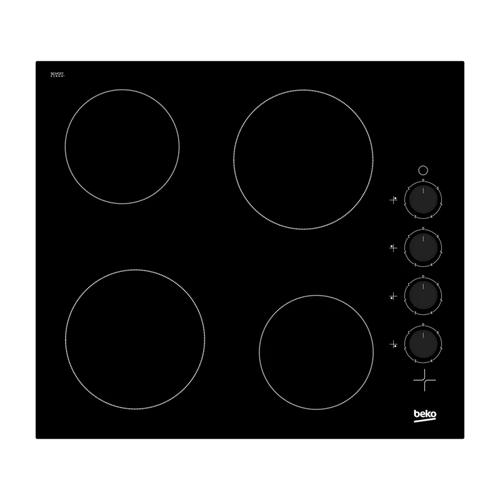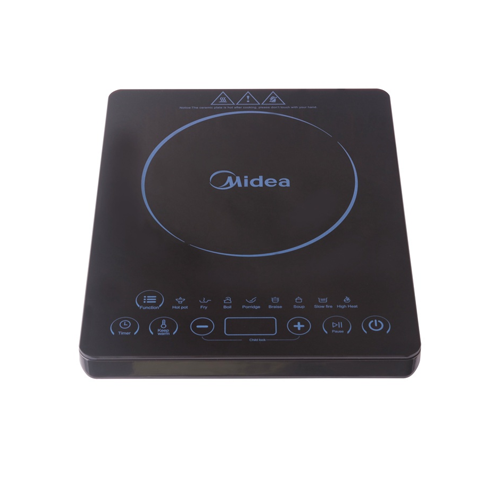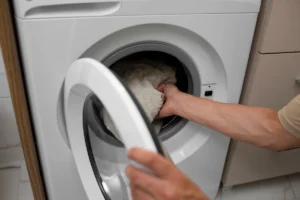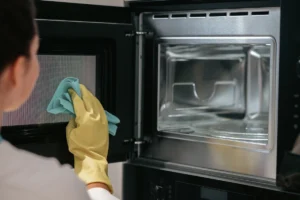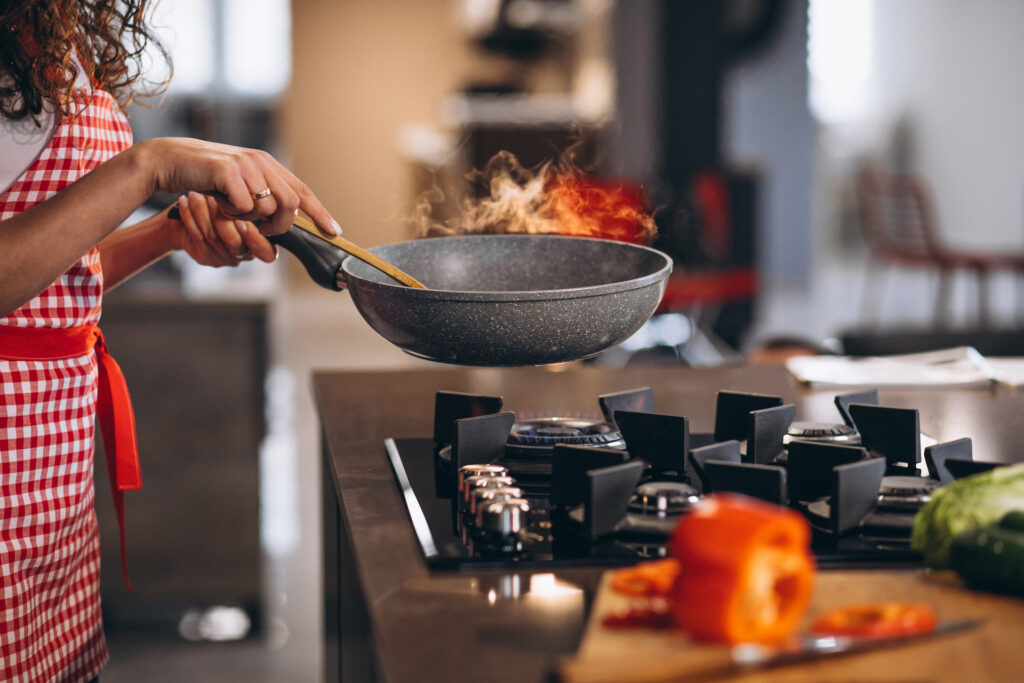
5 Common Cooking Mistakes You Should Avoid
Cooking is an essential skill that everyone should learn. Aside from providing you with the ability to prepare your own meals and impress others with your culinary talent, learning how to cook can help enhance your organizational and multitasking skills, improve creativity, and boost mental health. One study published in the Journal of Nutrition Education and Behavior even found that learning to cook and having the opportunity to cook can contribute to better mental well-being and lower levels of depression.
Perhaps you’re looking for ways to improve your skills, or maybe your culinary journey has been a hit-or-miss affair so far. If so, learning more about the dos and don’ts in the kitchen can be helpful for enhancing your culinary knowledge. From setting the range stove heat level incorrectly to overcrowding the pan, this piece will discuss five common cooking mistakes and how you can avoid or correct them.
Using the Wrong Heat Setting
Stoves have multiple heat settings, so you can readily adjust the heat level according to the type of cooking technique you’re using and how quickly or slowly you need to cook the dish. Unfortunately, many inexperienced cooks simply turn on their stoves or use whatever heat level they feel like without considering what they’re cooking, thereby significantly affecting the quality of the food.
To avoid soggy, burnt, or unevenly cooked dishes, always check and follow the heat level suggestion stated in the recipe. You can also use the general heat setting recommendations below as a guide:
- Low heat: For simmering, poaching, and slow cooking
- Medium heat: Used for gentler cooking, like scrambling eggs, softening veggies, or cooking rice
- Medium-high heat: Commonly used for cooking meats, pan-frying, sautéing, and searing
- High heat: Used for boiling water/liquids, cooking pasta, and steaming
Not Softening the Butter When the Recipe Calls for It
Do you take the time to soften the butter when the recipe calls for it, or do you use cold butter straight from the refrigerator since it will soften eventually? If you skip the softening part, you may be guilty of committing a common kitchen mistake. When a recipe explicitly mentions “softened” butter as an ingredient, especially when baking, you should follow it to a tee. Otherwise, you’re probably sacrificing the food’s taste, texture, or overall quality.
If you don’t want to commit the same error, let the cold, hardened butter sit at room temperature for five minutes to soften it before using it. You can also use your microwave oven to expedite the process. Just transfer the cold butter to a heatproof bowl and microwave for 10 seconds on a low setting. Repeat the process until you reach the desired softness.
Not Paying Enough Attention
When you scroll through your social media feeds, stream shows on a smart TV, or load laundry into your washing machine while you leave your cooking unattended, there’s a high chance of becoming so preoccupied that you overcook or burn the dish. Even seasoned cooks experience kitchen mishaps because they fail to pay enough attention to what they’re doing or get easily distracted.
While multitasking isn’t wrong and may sometimes even be necessary for cooking several dishes at once, you need to be extra attentive when something is on the stove. Apart from ensuring that you don’t mess up your food, keeping an eye on your cooking helps prevent kitchen accidents like fires. If you really need to step away for a short time, set the kitchen timer or create a phone alarm so you can readily return to “cooking mode” once it rings.
Overcrowding the Pan
Putting too much meat, vegetables, or other ingredients into a single pan when cooking is another common mistake. Instead of allowing the food to cook perfectly with even and consistent heat, adding too many ingredients at once can cause the pan to cool down quickly. As a result, the food will become soggy and unevenly cooked without a crisp or golden brown sear.
To avoid this, consider cooking your food in batches, especially when pan-frying poultry or meat. Make sure to give each piece of food in the pan enough room so that heat can circulate properly and cook them well. You can also use a larger pan or skillet that can accommodate all your ingredients without overcrowding if you want to be able to cook everything at the same time.
Forgetting to Preheat the Pan
Preheating the pan is a necessary step in cooking that many newbies forget. Doing so prevents the food from sticking to the pan’s surface, especially when cooking fish, chicken, eggs, and other delicate items. If you’ve experienced food sticking to your pan, you may need to make preheating your pan an essential kitchen habit.
Preheating your pan is simple. Place the pan on the stove, turn it on, and set the temperature to medium-high heat. Then allow the pan to heat up for around 3 to 5 minutes before adding oil or other ingredients.
Have you committed any of the cooking mistakes above? If so, don’t be discouraged because making mistakes is part of learning. Moreover, you can always rectify your errors and improve if you keep practicing and put in the necessary time and effort to hone your culinary skills. Ask your kitchen-savvy family members and friends for tips and recipes, and find personal or online mentors you can emulate. And if you make mistakes in the future, know that even great chefs can still make mistakes. So, have fun and enjoy your journey.
Related Products
- Sold Out12% Off
 [wc-ps tag="span"]Compare
[wc-ps tag="span"]Compare- 20 liters
- 10 power levels
- Defrost setting
- Glass turntable
- Pull out handle
- Rated Voltage: 240v
- Rated Frequency:60Hz
- Output Power:1050w
- Dimension Unit: 44cm x 36cm x 26cm (L x W x H)
- Weight Unit: 9.8kg
Original price was: ₱4,730.00.₱4,160.00Current price is: ₱4,160.00. - Sold Out33% Off
 [wc-ps tag="span"]Compare
[wc-ps tag="span"]Compare- 60 x 51cm Beko Built-in Hob
- 4 Vitroceramic Glass Burner Plate
- 6 Cooking Levels
- Total Electric Power 5800W
- Residual Heat Indicator
- Color Black
Original price was: ₱16,990.00.₱11,400.00Current price is: ₱11,400.00. - Sold Out
 [wc-ps tag="span"]Compare
[wc-ps tag="span"]Compare- CMIP Model: FP-60ITL210WETH-B1
- No. of Cooking functions: 8
- No. of Power levels: 8
- Timer: 3hrs
- Control: Touch
- Control: 220-240V/ 50-60Hz
- Wattage range: 120-2100W
- Temperature range: 60-240 ℃
- Function: Pause, Soup, Braise, Hotpot, Congee, Fry, Boil, Keep Warm,Slow Cook
₱4,095.00


